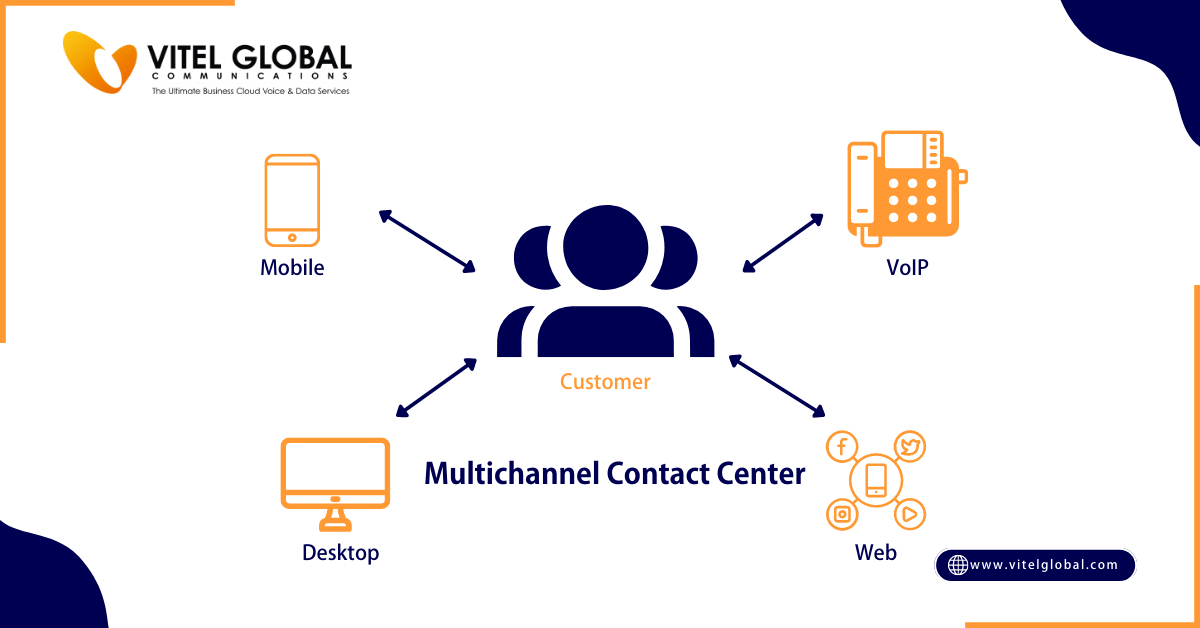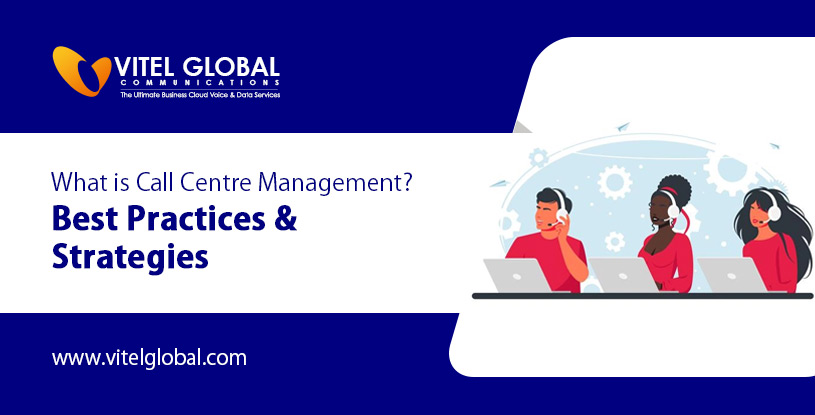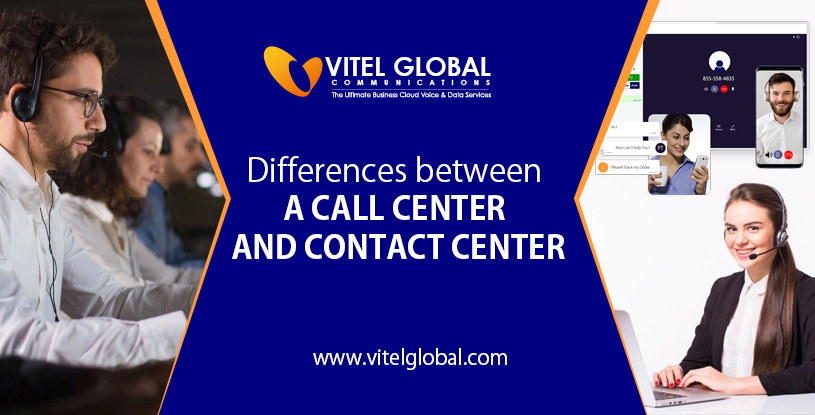Everything You Need to Know about Multichannel Contact Center

4 min read
Are you tired of struggling to provide seamless customer service across different channels? Look no further than a multichannel contact center. With the rise of technology and the ever-growing number of communication platforms, it’s more important than ever to have a strategy in place for handling customer inquiries across various mediums. In this blog post, we will dive into everything you need to know about – from what they are, how they work, and why your business needs one. So buckle up and get ready to learn how to improve your customer experience through a robust multichannel approach!
What is a Multichannel Contact Center?
A multichannel contact center is a type of customer service center that allows customers to reach agents through multiple channels, including voice, email, web chat, and social media. This allows businesses to provide a more convenient and efficient customer experience by allowing customers to choose the communication channel that best suits their needs.
One of the main benefits is that it can help businesses to improve customer satisfaction and loyalty. It is because customers are able to get the assistance they need quickly and conveniently, without having to wait on hold or repeat their issue to multiple customer service representatives. In addition, businesses are able to resolve issues more quickly and efficiently when they have visibility into all of the channels that their customers are using.
Another benefit is that it can help businesses to save money. This is because businesses only need to staff one team of customer service representatives, regardless of the number of channels that they are supporting. In addition, businesses can use automation and artificial intelligence technologies to handle some tasks, such as routing incoming calls or prioritizing issues, which can further reduce operating costs.
Overall, there are many benefits for both businesses and customers. By giving customers multiple ways to reach agents and providing businesses visibility into all channels. It can help improve the customer experience while reducing operating costs.
The Benefits of a Multichannel Contact Center:
Offers several benefits over the traditional contact center, including:
- Increased Flexibility: It is more flexible than the traditional contact center, allowing agents to handle customer inquiries through a variety of channels (e.g., voice, chat, email, etc.). This flexibility allows agents to provide a better customer experience by handling inquiries through the channel that is most convenient for the customer.
- Improved Customer Service: It also offers improved customer service. By handling customer inquiries through multiple channels, agents are able to resolve issues more quickly and efficiently. In addition, the multichannel contact center provides customers with a more convenient way to receive support.
- Enhanced Productivity: It can also enhance agent productivity. By handling customer inquiries through multiple channels, agents are able to work on multiple inquiries simultaneously, which can lead to increased productivity.
- Reduced Costs: It can also help businesses reduce their operating costs. By handling customer inquiries through multiple channels, businesses can avoid the need to hire additional staff to support each channel. In addition, businesses can avoid duplicating efforts across multiple channels (e.g., creating separate scripts for each channel).
The Different Types of Multichannel Contact Centers:
Multichannel contact centers are becoming increasingly popular as businesses strive to provide their customers with the best possible experience. There are several different types of multichannel contact centers, each with its own advantages and disadvantages.
Traditional call centers have been around for decades and are typically used by businesses that receive a high volume of calls. Call center agents are trained to handle customer inquiries quickly and efficiently.
The web-based call center uses an online interface to route calls and track customer interactions. It typically provides a higher level of customer service than traditional call centers because it allows agents to access customer information more easily.
Email-based call centers use email to manage customer interactions. This type of contact center is often used by businesses that do not receive a high volume of calls but still need to provide customer support.
Email-based call centers typically have lower operating costs than other types because they do not require expensive equipment or training for agents.
It can also be classified based on the channels they support. The most common type is the voice channel, which supports phone calls and VoIP (Voice over Internet Protocol) calls.
How to Implement a Multichannel Contact Center?
It is a customer service center that provides customer service and support through multiple channels, such as phone, email, web chat, and social media. By using a multichannel approach, businesses can provide a better customer experience and improve customer satisfaction.
There are several steps that businesses need to take in order to implement a multichannel contact center:
- Define the channels that will be used: The first step is to identify which channels will be used in the contact center. This will vary depending on the business and the customers they serve. Some businesses may only need two or three channels, while others may need to use all five.
- Train employees on the use of each channel: Once the channels have been identified, employees need to be trained on how to use each one. This training should cover topics such as how to handle customer inquiries and how to document interactions.
- Set up systems for managing different channels: Effectively managing different businesses needs setting up systems for tracking and managing interactions across all channels. This may include using different software applications or creating separate processes for each channel.
- Monitor performance and make adjustments as needed: After implementing multichannel, businesses need to monitor performance closely. This includes tracking metrics such as customer satisfaction levels and response times. If the goals are not able to meet the deadline, then we should switch to the other process.
Conclusion:
The multichannel contact center is a great way to increase customer satisfaction and improve customer service. By allowing customers to engage with your business through multiple channels. You can ensure that their questions and concerns can be addressed quickly and efficiently. Moreover, using it will make it easier. You can monitor the efficiency of your staff and make changes where necessary. With its many advantages, it’s no wonder why so many businesses are choosing this option for their customer support needs.
Published: April 4th, 2023
Subscribe to Our Latest Updates
Get monthly product and feature updates, the latest industry news, and more!





